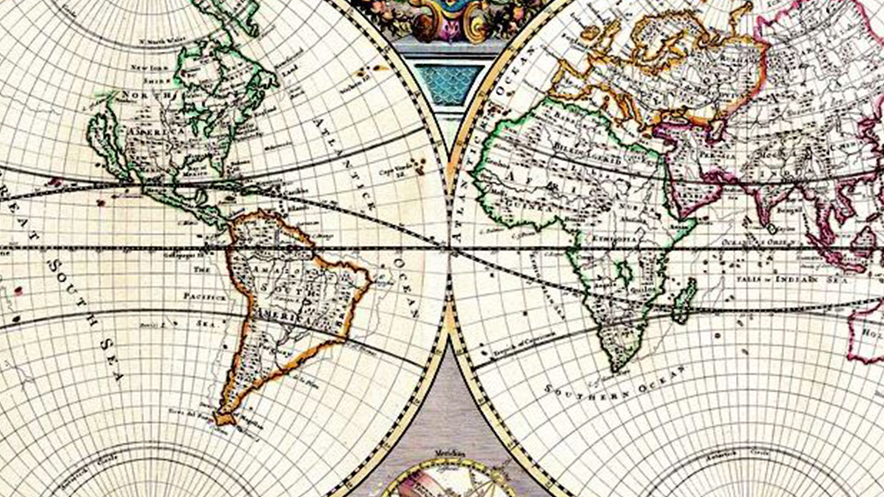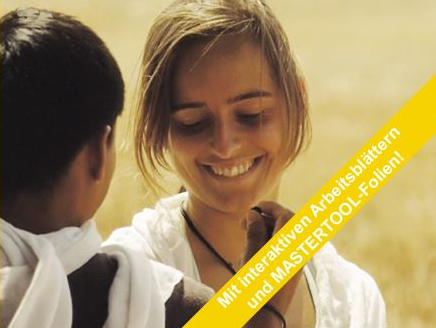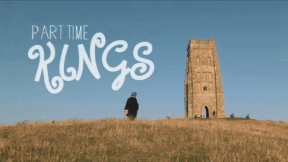 Geography, Primary School
Geography, Primary School


4673656 / 5562346
Doctrine of Maps
Spatial Orientation
..... But how does a compass work? The answer is: by magnetic force. When you place a magnet amidst metal filings, you can see how these filings are pulled to the magnet. And when you take a closer look, you can see that the filings arrange themselves in specific directions at the magnet. This way, you can see where the field lines of the magnet run. The horseshoe magnet has a north pole and a south pole like the Earth. The direction of the cuttings tells you where the field lines along these poles are. Just like the metal filings, the pointer of a compass is also pulled towards a magnet. If you move the magnet around the compass, you can see how the pointer follows the magnet.
Play trailer

Curriculum-centred and oriented towards educational standards
Matching
Ceramic
Ceramics are indispensable in our everyday lives. We eat from ceramic plates, drink from ceramic cups, use tiled ceramic bathrooms. But how is ceramic manufactured? The film reveals the secrets of this fascinating material! We get to know more about the beginnings of ceramic in the Old World of Egypt and Mesopotamia, about Greece, China and Rome. We gain interesting insights into the valuable earthenware and are also shown the exquisite further development of the "white gold". Today this versatile material is irreplaceable in industry, too. Whether in space or as an easily compatible substitute in medicine, ceramic is applied in many places.
The Daily Newspaper
Every day, there is a surge of news reaching us via different news channels. In spite of TV and Internet, the daily paper still is one of the most important main sources of news. But how is a newspaper created? The film shows the production of a paper in the course of one day. Starting with the editorial meeting in the morning, in which the topics and deadlines are determined, the film accompanies a journalist during her research work. You can see how a journalistic interview is conducted and what the photographer must consider when taking a press photo. Back in the editorial office, the editor’s work is illustrated, which includes the page layout and the writing of an online article in today’s time. Impressive pictures from the printing centre depict the process from the digital page to the finished newspaper. Together with the comprehensive accompanying material, the DVD is perfectly suited for use at school









